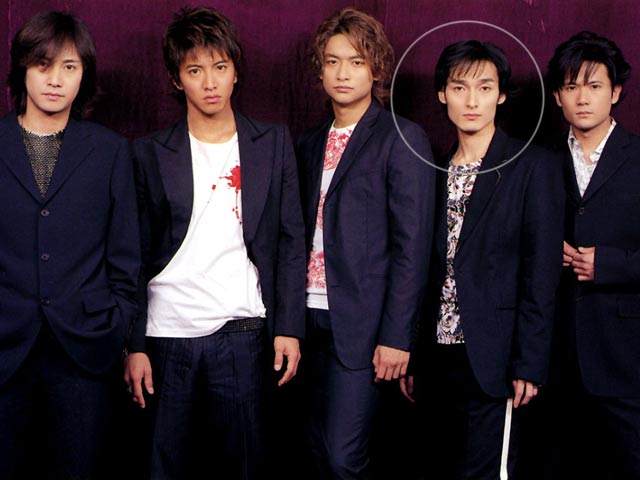The first Japanese person to set foot on American soil was Manjiro Nakahama, a 14-year-old fisherman who was rescued in 1841 by an American whaling vessel and brought to the U.S., where he received a full education in English. This was during the era of sakoku (“chained country”), when Japan was officially shut off from contact from the outside world except for a single Dutch trading outpost in Nagasaki, and it was death for a Japanese person to travel abroad or have contact with foreigners. After 12 years of living outside Japan, “John” Manjiro went home, determined to try to convince his country to end its isolationist policy. When Admiral Perry’s Black Ships arrived in 1853, John Manjiro became an important figure, acting as translator and interpreter between the two parties and communicating what he’d seen in the U.S. to the Shogunate, including American ideals like on democracy. He went on to teach English, mathematics and ocean navigation, and was a major inspiration to future reformers like Ryoma Sakamoto, the “Che Guevara” of the Meiji Restoration. His contribution to the positive relationship between the U.S. and Japan in those early days can’t be overrated. I read recently that the home he lived in in Fairhaven, Mass., will be opening as a museum in honor of the first Japanese to live in America, on May 7. If you’re in the area, go check it out!

John Manjiro is the first Japanese to live in the U.S., and was an important bridge between the two countries.















